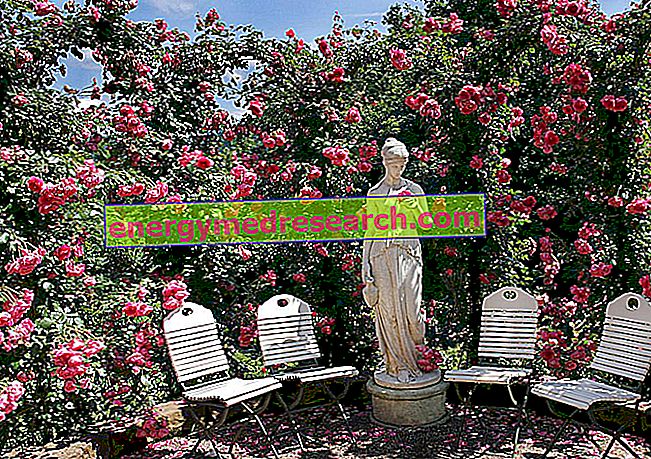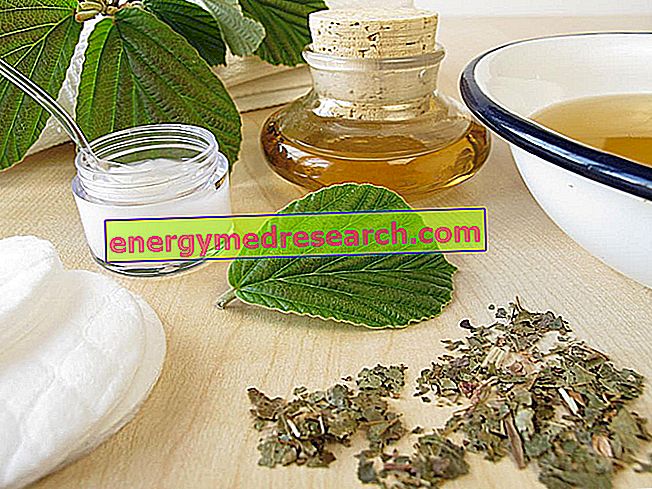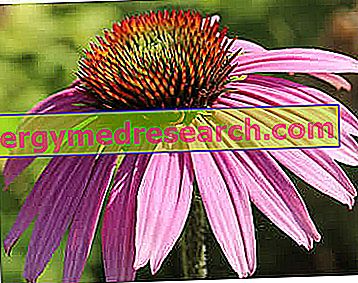Roses are flowers that have always been protagonists in legends, fairy tales and historical stories. In Greek mythology, the rose was born from the transformation of a lifeless nymph into a flower, thanks to the prayers of Chloris (for the Romans Flora, goddess of useful plants, such as cereals) against Aphrodite (aka Venus)
Category pharmacognosy
Milk thistle : Silybum marianum , Composite Tubuliflore family: it is a herbaceous plant that can reach up to 2 meters in height; it presents heads with substantially tubular flowers and is characterized by the silica-coriatic surface. The drug consists of fruits, called achenes. These fruits are characterized by a lipid fraction that must be eliminated once they have been collected; therefore, essentially, the achenes are collected by the infruttescence which is by now mature by beating, deprived of the pappus (attached feathered organ) and delipidized (the lipid fraction would compromise its
Witch hazel : Hamamelis virginiana , Amamelidacee family. Shrub or small tree originating from the forests of Canada and the northern states of the USA. It has whole leaves petiolate, oval and large, clearly asymmetrical at the base; the yellow flowers are grouped in axillary inflorescences. The drug consists of the leaves and barks, harvested before flowering
Echinacea, botanical Echinacea supplements Echinacea properties To the genus Echinacea, family of the Composite Tubuliflorae, belong 9 species native to the temperate zones of North America; those of health interest are three: Echinacea pallida , Echinacea angustifolia and Echinacea purpurea . They are perennial herbaceous plants, not branched, with flower heads, which have ligulate petals of red or pink color downwards; the root is fusiform, with a taproot, brown in color, it has numerous embryonic rootlets and penetrates deeply into the ground
Vegetable tar : it is a viscous liquid with a pungent and intense odor, of a blackish brown color, obtained by dry distillation of the wood of some trees, such as birch, beech and pine. The Norway tar, obtained by dry distillation of the Norwegian pines, is the most valuable. Mineral tar : is obtained from the distillation of bituminous coal (coal tar or mineral tar); it is a black, dense and viscous liquid
Tannic compounds or tannins Tannins are generally non-glycosylated molecules (although there are exceptions), which owe their name to the ability to precipitate proteins. From the molecular and structural point of view tannins are different compounds, but they have the same properties; an example is saponins, glucosylated molecules where aglycone can be either steroidal or triterpene
Jojoba liquid wax : it is obtained by pressing the seeds, in particular the cotyledons, of Simmondsia chinensis , family Buxacee; large shrub with a long-lasting round shape, capable of exceeding 200 years of age. The composition of the liquid wax, improperly called oil due to its fluid consistency, is characterized by the union of long chain unsaturated fatty acids (mainly C40 and C42) with monoethylene alcohols different from glycerol
Blueberry , Vaccinium myrtillus , Ericacee family; it is characterized by flavonoids, in particular anthocyanins, known for their capillarotropic properties. Blueberry is a small shrub that lives in the undergrowth in the mountains, at certain altitudes; the drug consists of leaves and fruits. The leaves contain active ingredients, such as tannins, phenols - such as Arbutin (Uva Ursi) - and anthocyanins; the function of the anthocyanins in the blueberry, together with their high concentration, is associated for the most part to the fruits, so much so that the leaves are used in association with
Ginkgo is considered a flavonoid and adaptogenic drug, with mainly geriatric valence. The leaves of this dioecious tree, mainly used for ornamental purposes, are dried and are rich in flavonoids. Other associated compounds that contribute to the herbal expression of Ginkgo are sesquiterpenes with alcoholic functions
Artichoke : Cynara scolymus , cultivated mainly for food purposes. The drug of this herbaceous plant, biennial or perennial, consists of the leaves, in particular those of the first year. The artichoke is used in digestive, purifying and aperitif herbal formulations. The drug appears as an articulated phytocomplex; first of all it contains flavonoids, which exercise an activity very similar to that of milk thistle, but obviously of a lower intensity, so much so that milk thistle is a liver drug, while the artichoke is inserted between the aperitif, bitter and digestive drugs
BOLDO , Peumus boldus , Monimiacee family; hepatic drug associated with milk thistle in the formulation of hepato-protective products. Boldo is a plant, a shrub or a small tree, native to South America and cultivated in Chile; the dried leaves are used, which in the fresh state are characterized by the oval shape, while once dried they fold the lamina characteristically towards the lower page, curling slightly









